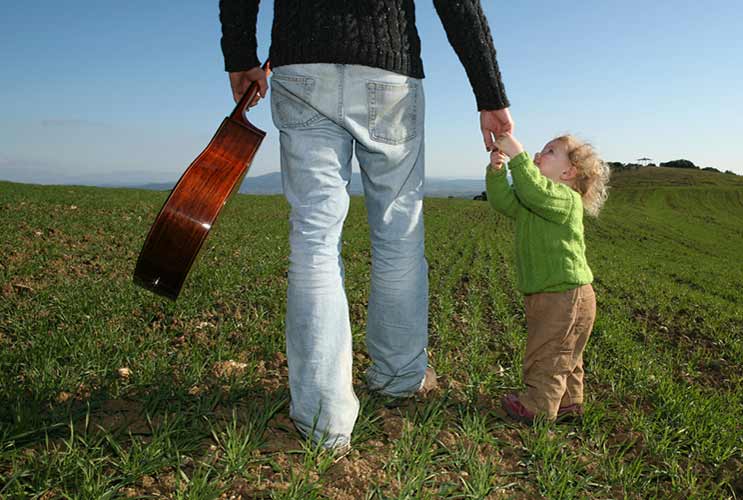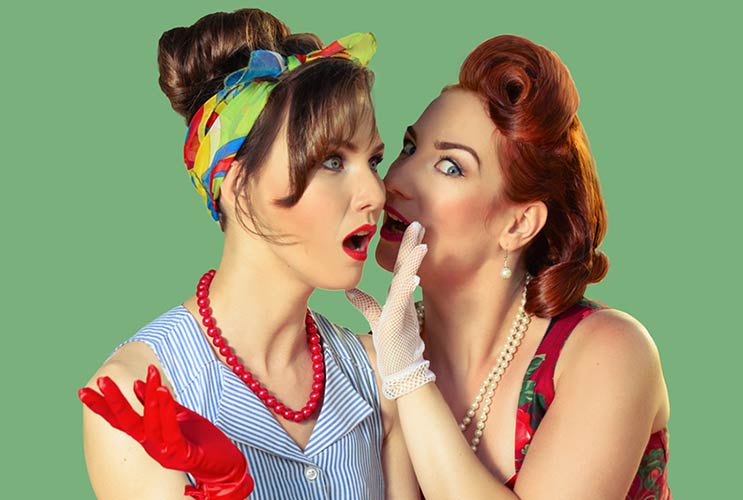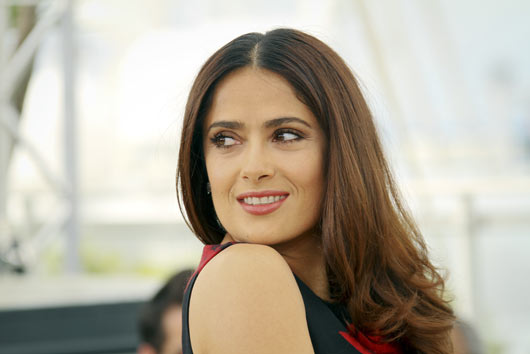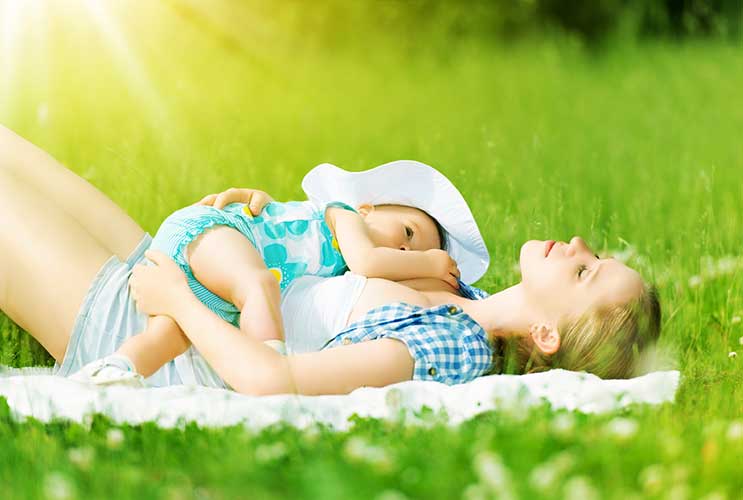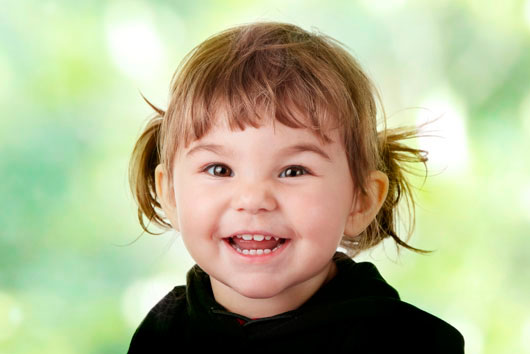
Everything begins with foundation—starting with your kids. “The first two years of your child’s life are crucial for all levels of his or her development including emotional, social and intellectual development,” says Child Development Specialist & Sleep Counselor, Fiona Ben Dror. “To gauge childhood development stages we use milestones which are averages that are used as a general guide.” Ben Dror explains that these moments are essentially windows of opportunity, periods of time when your child is most primed for learning. Taking advantage of windows of opportunity will help your child reach important developmental milestones and lay the foundation for future learning.
Ben Dror broke it down for us, laying out the various landmarks that we should look out for at a baby’s various stages.
THE NEWBORN
“I call this the 4th trimester,” notes Ben Dror. “It is important for a baby to receive all the cradling and nurturing that they can get at this stage, creating that ‘womb-like environment,’ which babies need to conclude development and make a gradual transition from the womb to the outside world. These sensitive, personality-shaping interactions happen most readily when babies are in the arms of their parents. Baby wearing is a great way to keep your baby close. Your baby hears your voice as you talk to others, picks up on your emotions, and trusts you to provide safety and comfort. Wearing your baby provides closeness even when you can’t give your baby 100% of your attention.”
Tummy Time, which is when the baby is positioned on his or her belly, is also important from Day One, as it prevents flattening of the head and helps with motor development. The best way to ensure your baby likes Tummy Time is to start early. Five minutes a few times a day is sufficient tummy time.
Read Related: Baby Milestones, Learning to Crawl
At this stage, it also helps to remember the 10 reasons why newborns cry:
- Hunger
- A dirty diaper
- Needs sleep
- Wants to be held
- Tummy troubles and burping (gas, colic, upper tract wind)
- Too cold or too hot
- The “Startle” (Moro) reflex occurs when an infant is startled by a loud noise or other environmental stimulus or feels that he or she is falling. The reflex causes the baby to extend the arms, legs, and fingers and arch the back, present in all infants/newborns up to 4 or 5 months of age.
- Too much stimulation
- Not enough stimulation
- Uncomfortable
1 TO 3 MONTHS
At this stage, babies start to reach out. Around one month this is mostly automatic and instinctual and they may find it hard to release around three months; they can hold things placed in their hands and bang on objects, so keep potentially dangerous objects far from your little one’s reach. Use new textures for his or her hands to feel new tactile sensations, which are all learning opportunities. Even bath time becomes a laboratory for understanding life,” Ben Dror explains.
Now they gurgle and coo and respond to sounds, which is why Ben Dror recommends talking back to them. “Get down to their eye level and really interact.”
Babies hold their heads up for short periods while on their tummies and visually track moving objects (important for next stages of rolling and crawling). The best toys for a small baby include wrist rattles and soft tactile touch toys.
At this stage, it is important to have a daily routine, including scheduled naps and a nighttime sleep routine.
3 TO 6 MONTHS
Toys appropriate for a 3 to 6-month-old baby include play gyms, mirrored toys, and multi-sensory toys with various textures for touching and chewing.
6 TO 9 MONTHS
At this age there are highly significant developmental changes: They are rolling over completely, raising their bottoms and attempt crawling. Unlike the previous months where they were preparing for the milestones, at this age milestones should happen. Toys that are appropriate for a 6 to 9-month-old baby include ones that roll or glide across the floor to encourage crawling and cruising. Blocks and other stacking toys are also appropriate for 6 to 9-month-old babies aiding development of their fine motor skills.
9 TO 12 MONTHS
Most 9 to 12-month-old babies cruise furniture and can hear and see as well as an adult. A 9 to 12-month-old baby may stand up without assistance. “It is important to give them enough opportunity to develop confidence in this transition from all fours to standing on two feet,” says Ben Dror. “Balance is a huge factor and movement through crawling, sitting and all stages prior to walking with help a baby do so with ease. In our modern society language skills tend to hold more value, these skills are very useful in life, but we must never forget that they have much deeper roots in our senses and movement and it is important to give a baby of all ages enough stimulation that will develop all of the senses.”
And the most important thing to remember, according to Ben Dror is that you should never compare your baby’s development to that of other children because every child grows and develops at his own pace. If you ever feel concerned about your baby’s development, speak with your health care provider.
For more info visit BabyBase on Facebook.


